The oriental calligraphy and painting both depend on ink brushes, 毛笔 in Chinese (毛筆 in traditional writing), meaning “hair pen” literally. A brush is composed of a rounded hairy head and a long stem. You have seen a brush being used, but do you know when it came into being, which hairs are involved, how complex is the making of one brush, or how to select brushes? Let us make an attempt to finding these answers here!
The Origin of Ink Brushes
Creator: Qin Dynasty General Meng Tian?
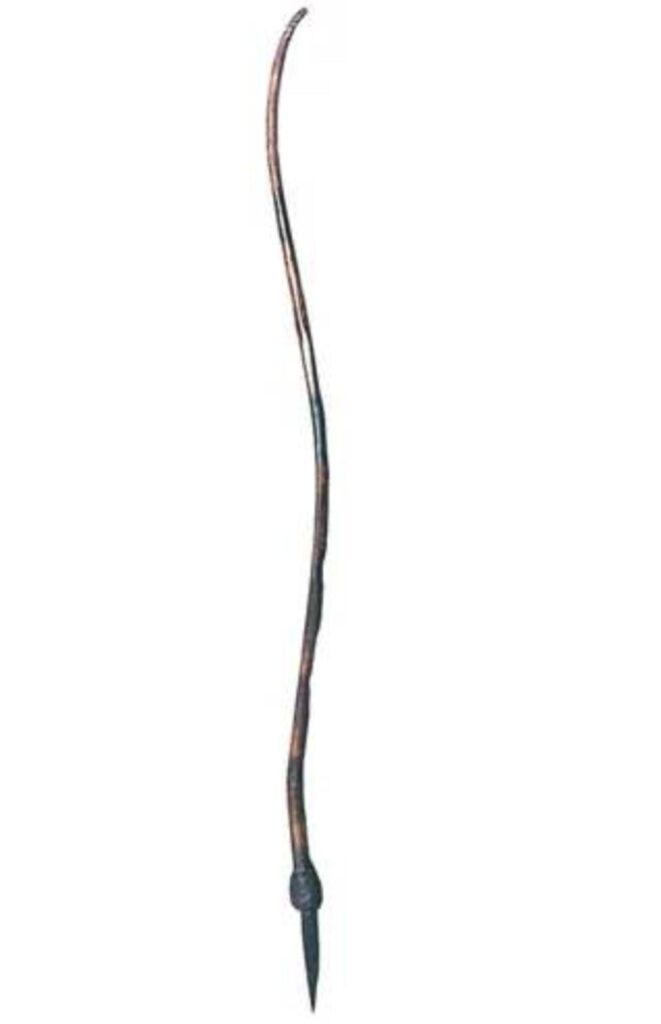
Many records attributed the Qin Dynasty General Meng Tian (250 BC – 210 BC) as the creator of the ink brushes as we know today. However, according to the archeological discoveries, with the discovery of some War State (475 BC -221 BC) brushes, the previous conclusion is directly contradicted, pushing the creation of ink brushes a few hundred years earlier.
Some scientists believe that after carefully studying the lines made on some clay objects dating back to as early as 6000 years ago, the patterns were drawn using hair brushes.
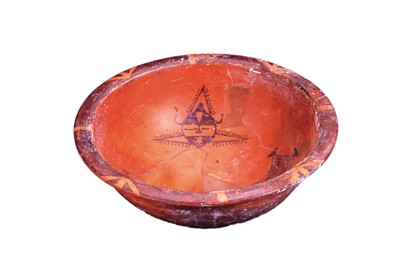
These scientists also concluded that the use of brushes preceded the use of characters, the brushes may have been invented to facilitate painting and to help apply makeup.
Therefore, I believe what can be more realistically analysed is that the ink brushes have been with us for at least 3000 years, and the very first brushes may not have been created to help us write.
Which Hairs Are Used?
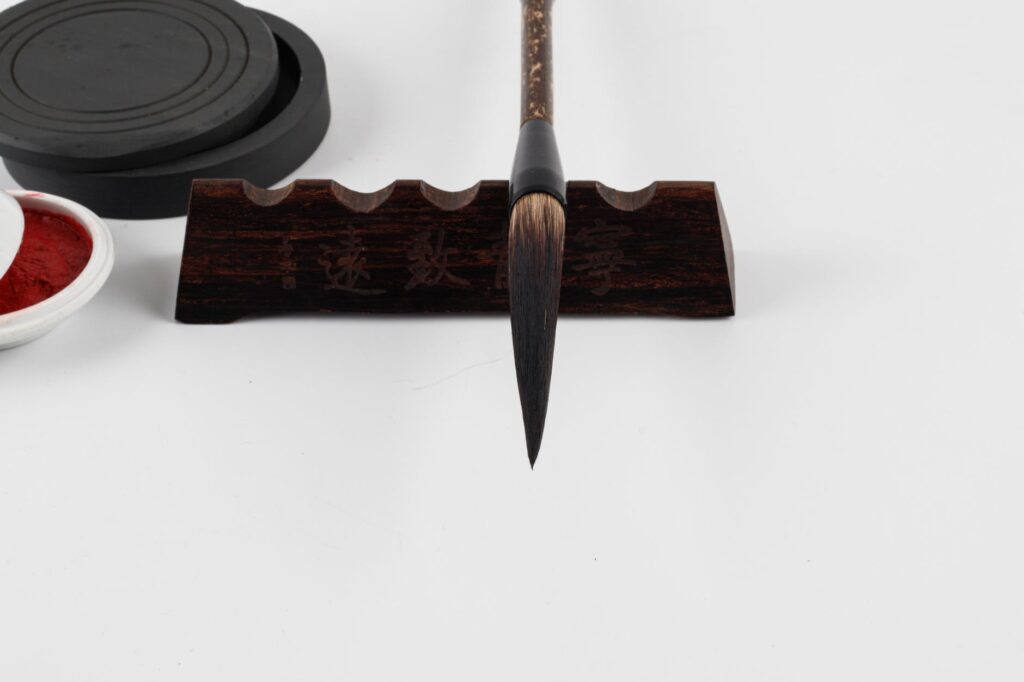
The most common painting brushes are made from either “goat hair” “羊毫” or “weasel hair” “狼毫”.
The latter is not to be confused with “wolf hair” – quite some mistakes have been made from the character “狼” which generally refers to “wolf”, but it also appears in the names of many other animals, including weasels, “黄鼠狼”. Notice also in the name of weasel, there is a character “鼠”, meaning “rat”, which is another point of confusion, as we also have a brush type called “rat whiskers”, “鼠须”, which may still have more to do with weasels than actual rats. I will explain why in a bit.
The goat and weasel hair brushes have been proven to be the best throughout history, however, in the attempt to make nice and useful brushes, people have had many tries, including using more locally available animal hairs, such as the hairs of rabbits, chicken, horses, dogs, etc.

Among these various hairs, two general categorisation can be drawn: soft hair brushes vs. tough hair brushes. Goat hair brush is the perfect example of the soft hair category. In using these soft hairs, one can load the brush with lots of liquid (ink or color) in the character writing or painting, creating shapes or lines that are typically with great strength but can be “beefy” – therefore larger characters can require such brushes, and such characters appear a lot in the main halls of old temples or palaces.
On the other hand, the tough category involve many hairs, typically weasel hair or rabbit hair. These brushes can contain less liquid in comparison, but the brush lines are finer, sharper, and therefore more suitable for details. The issues involving these brushes would be that they are generally smaller, more expensive than the goat hair brushes, and they are worn much more quickly. If you hold a brush to the light, at the very tip of it the hairs appear to be half transparent, and these are important in determining whether a brush a of high quality, and such tips exist in both soft and tough brush categories. However, in the tougher hair brushes, such tips are more prone to fray.
It is also common to mix the soft and tough hairs in one brush, with the soft hairs surrounding the tough core of the brush head, so that the brush contain the best quality of both categories. These brushes may also have synthetic hairs at the core for strengthening purposes. Skilled painters often have their preferences when it comes to brushes, but beginners may find these mixed hair brushes easier to use in general.

Because of the need of certain characteristics of hairs in a brush, the selection of the animal hair becomes all the more crucial. The season, geographic location, region on the animal body, the weight of the animal, the length of the hair and more all effect the quality of the hair, they all play a key role in determining whether a brush is a good one. For instance, the rabbit back hairs along the spine are more acceptable, because these areas have fewer nature wear; Goat hair can only be taken from certain species of goats, the various locations of the body produce different strength and length of the hair, so for different purposes, we need to choose different part of the body to collect hair; Weasel hair typically come from the weasels native to the Northeastern China, and it is on the top side of their tails that the hairs are the top quality.
Rat whiskers on the other hand may not obtain the tip required for brush making, so even though it is widely believed that such brushes were invented in the Han Dynasty, its actual use may be rather limited, and the brushes may have very little percentage of rat hair inside. In addition, whiskers of animals do not even make good brushes, so either way, despite the stories and tales of certain calligraphers in the past (such as the famous Lan Ting Xu partially shown in the photo above), rat whiskers are unlikely the material for any brush making, especially today.
This blog is becoming long, so let us break it down to two parts, and in the coming blog let us continue exploring the life of a brush – we will find out about the making of a brush, and the selection of a brush! Stay tuned!
Enjoy such cultural discussions? Have comments? I look forward to hearing from you!
Buy Artworks | Learn Brush Painting | Learn Chinese Calligraphy
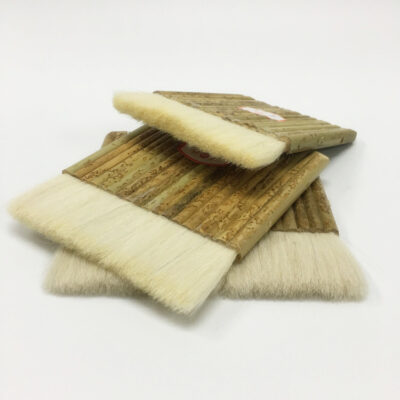

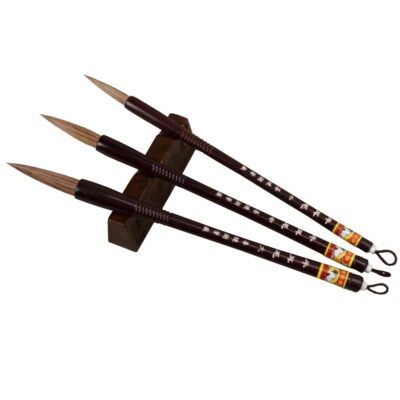
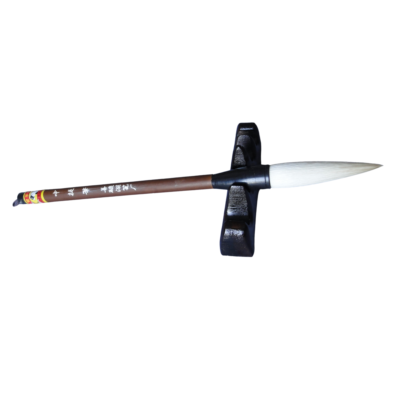
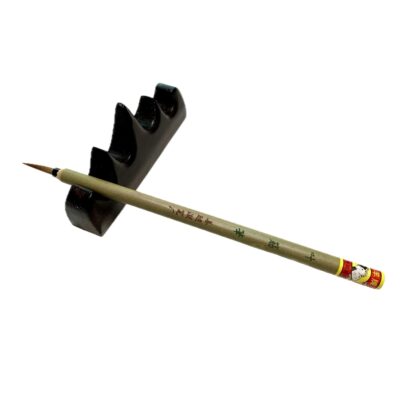
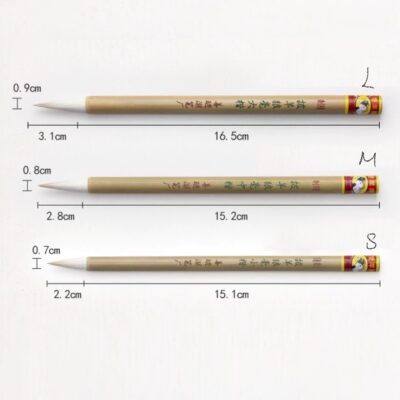
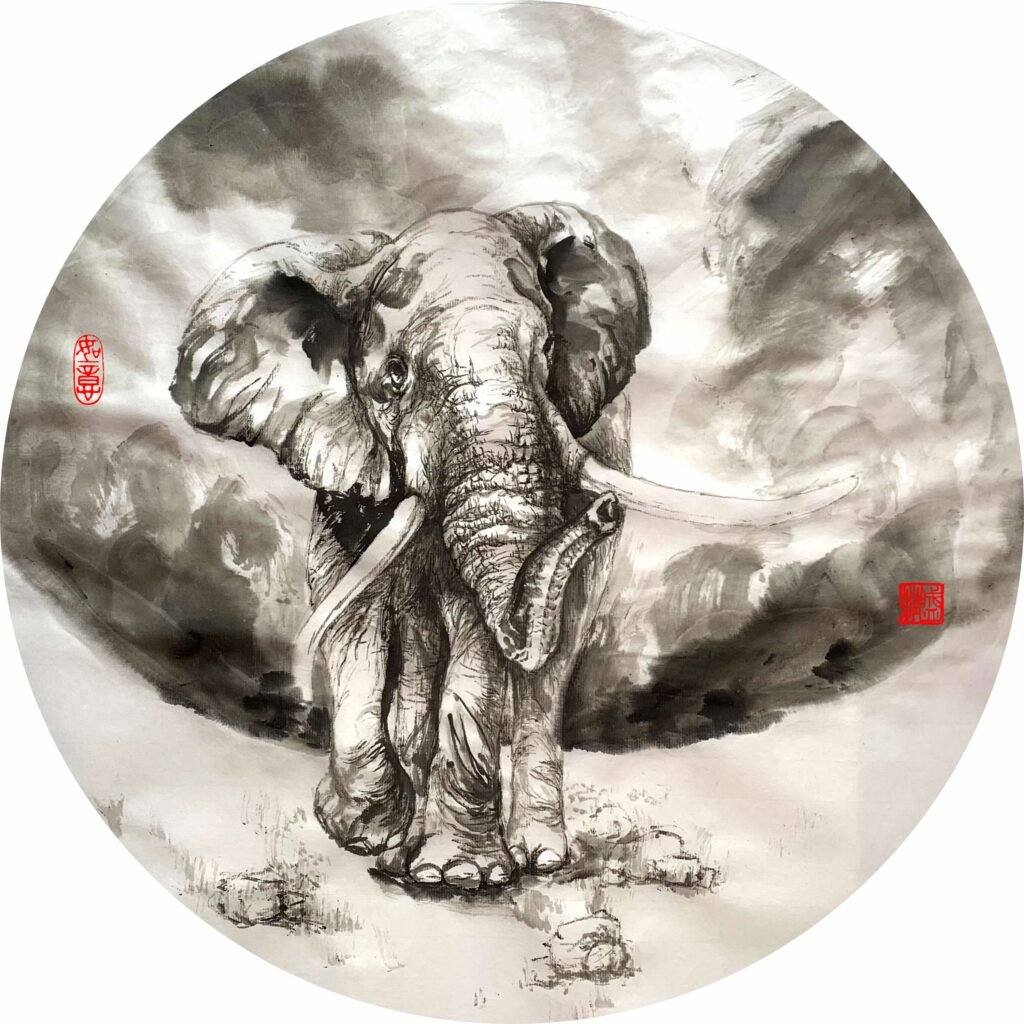
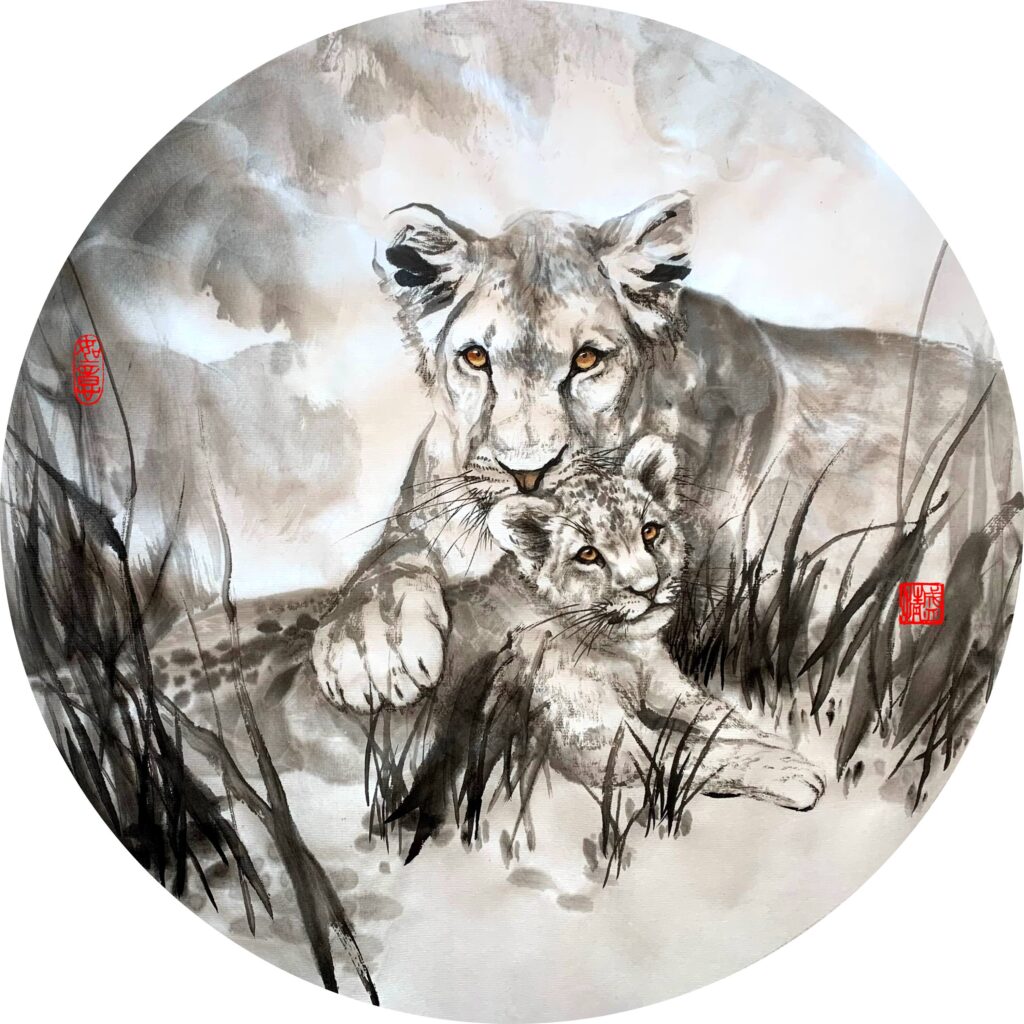
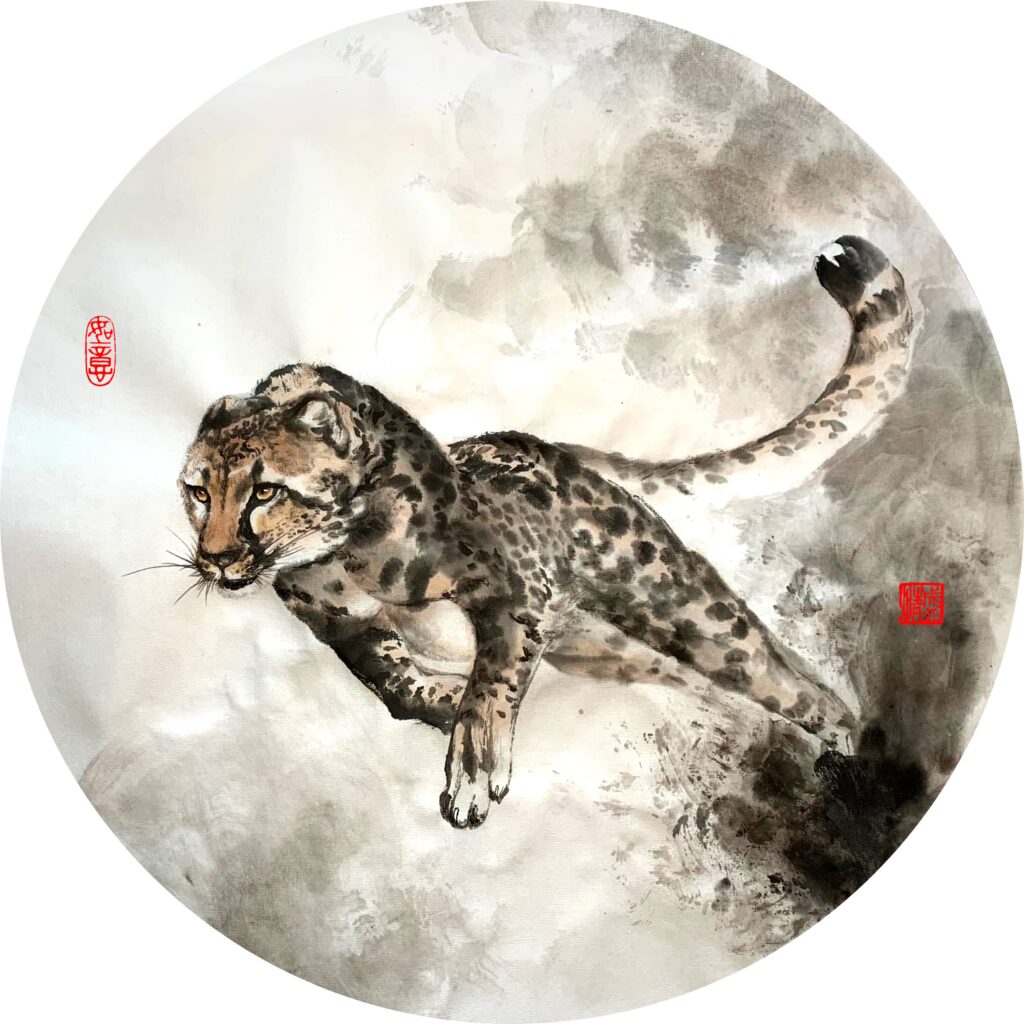
Pingback: Mindful Art, Zen Home | InkDifferent Studio